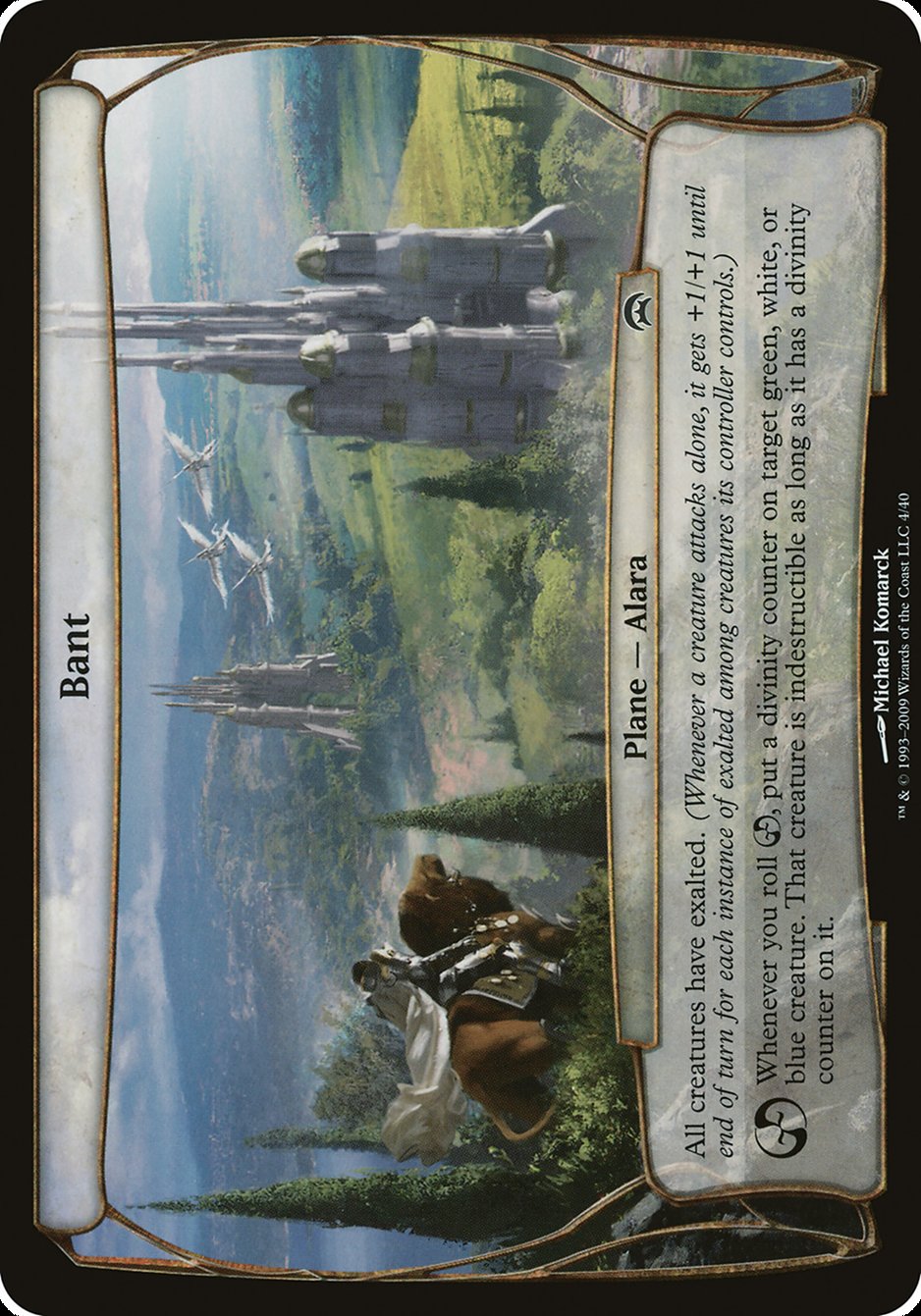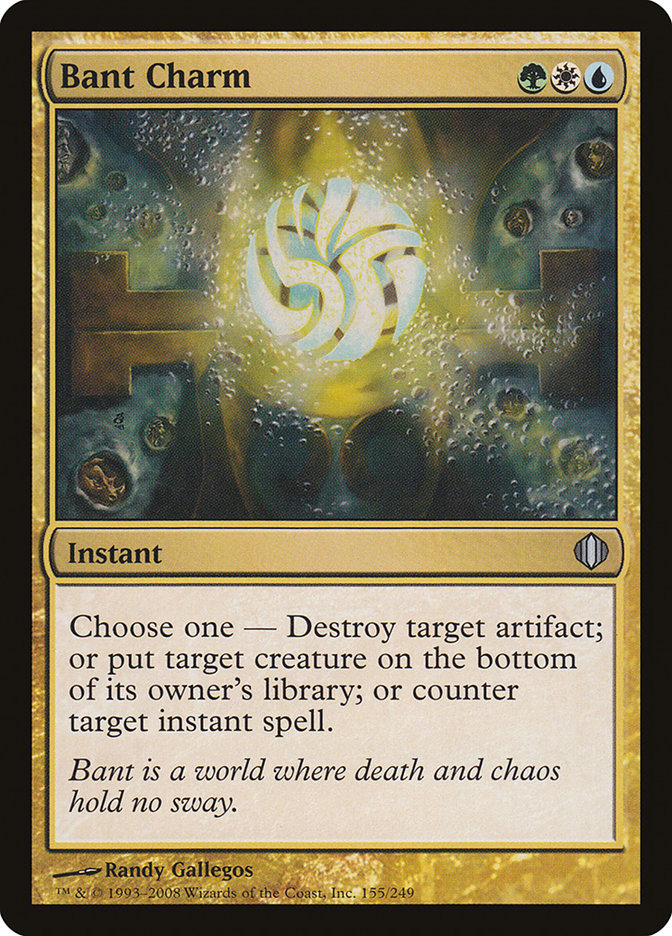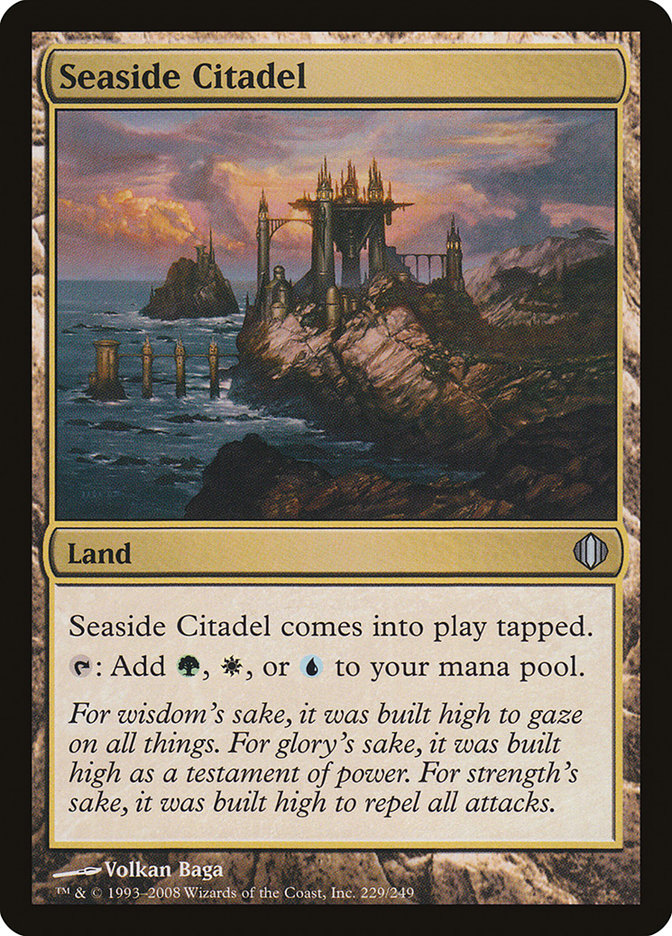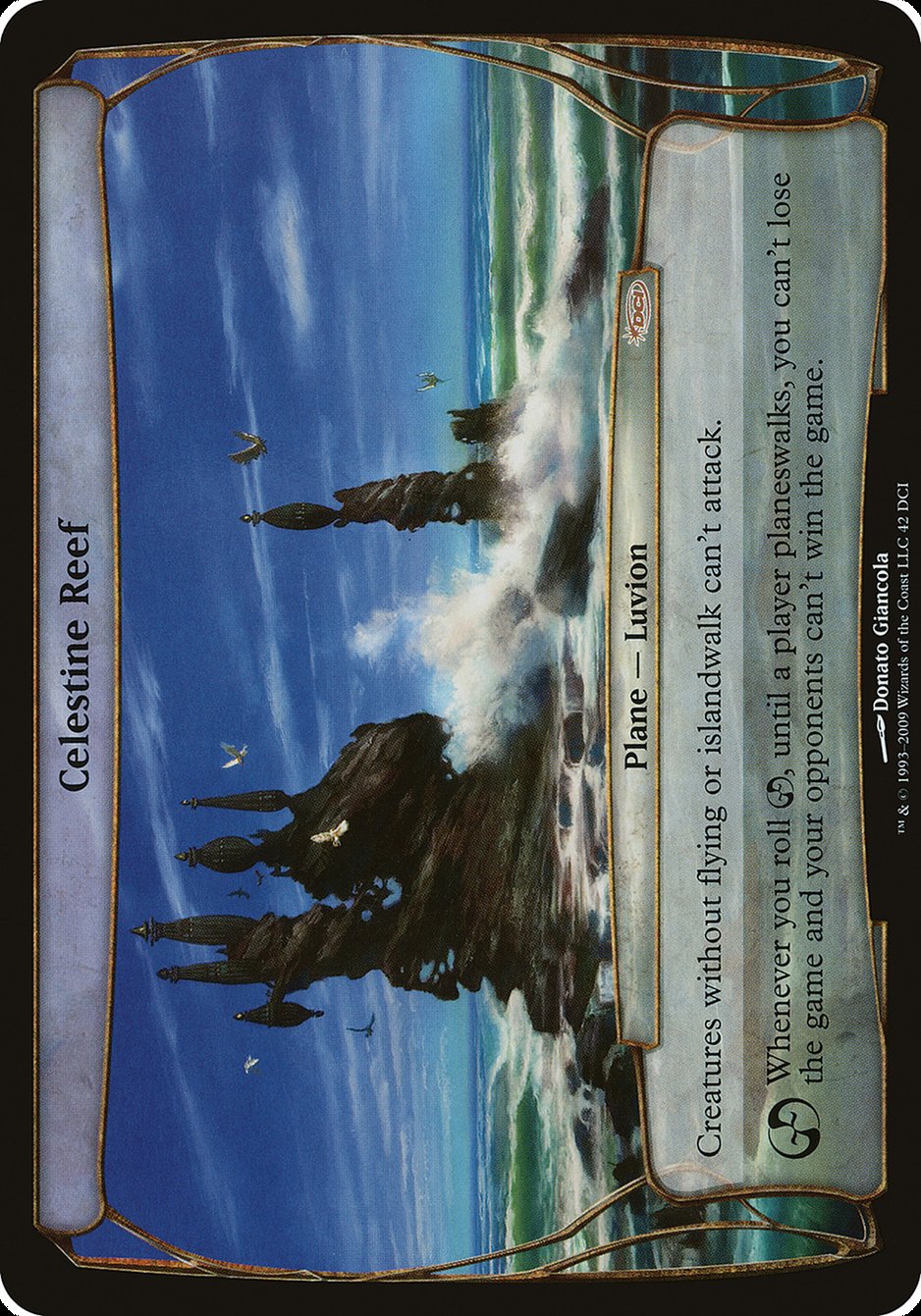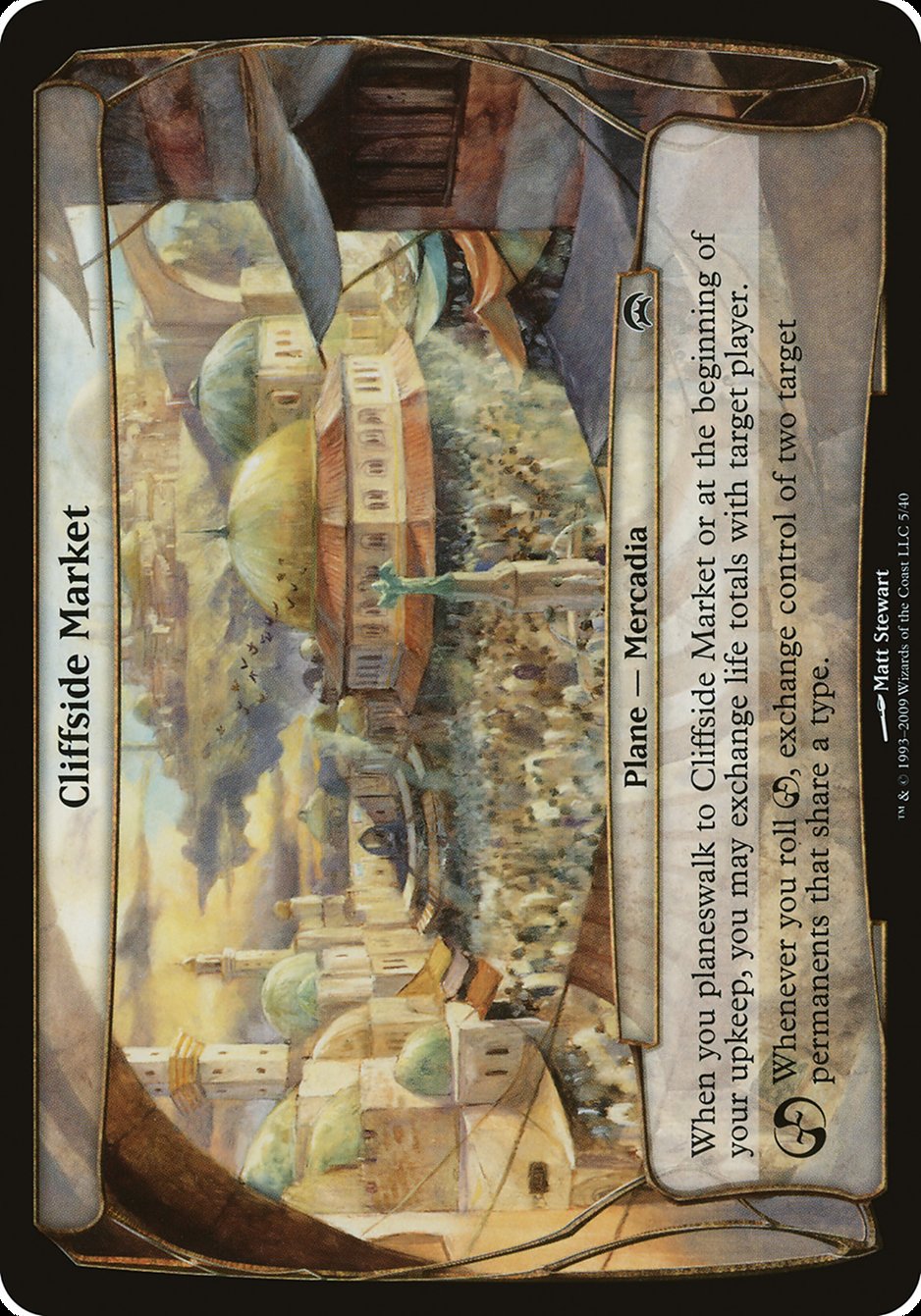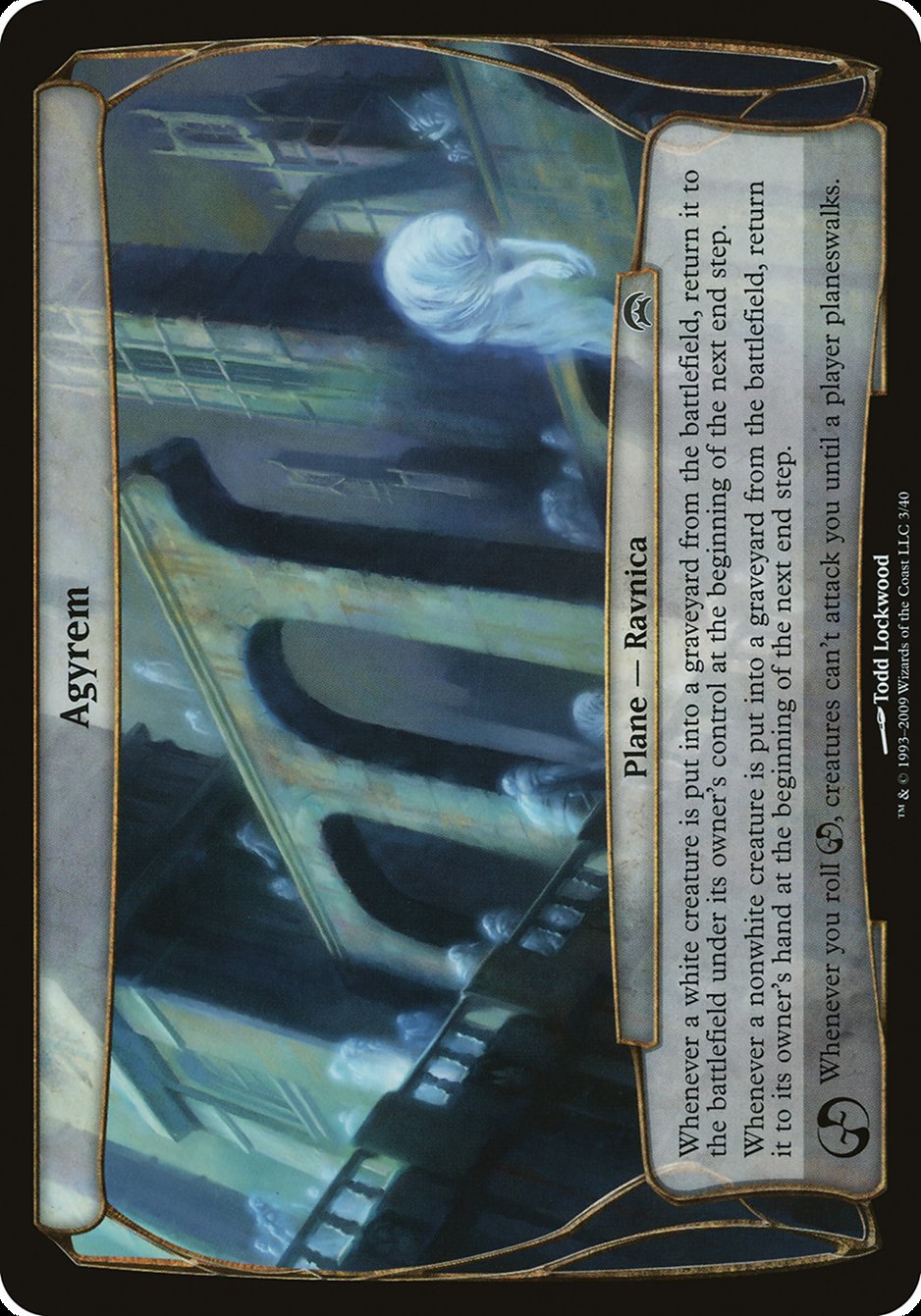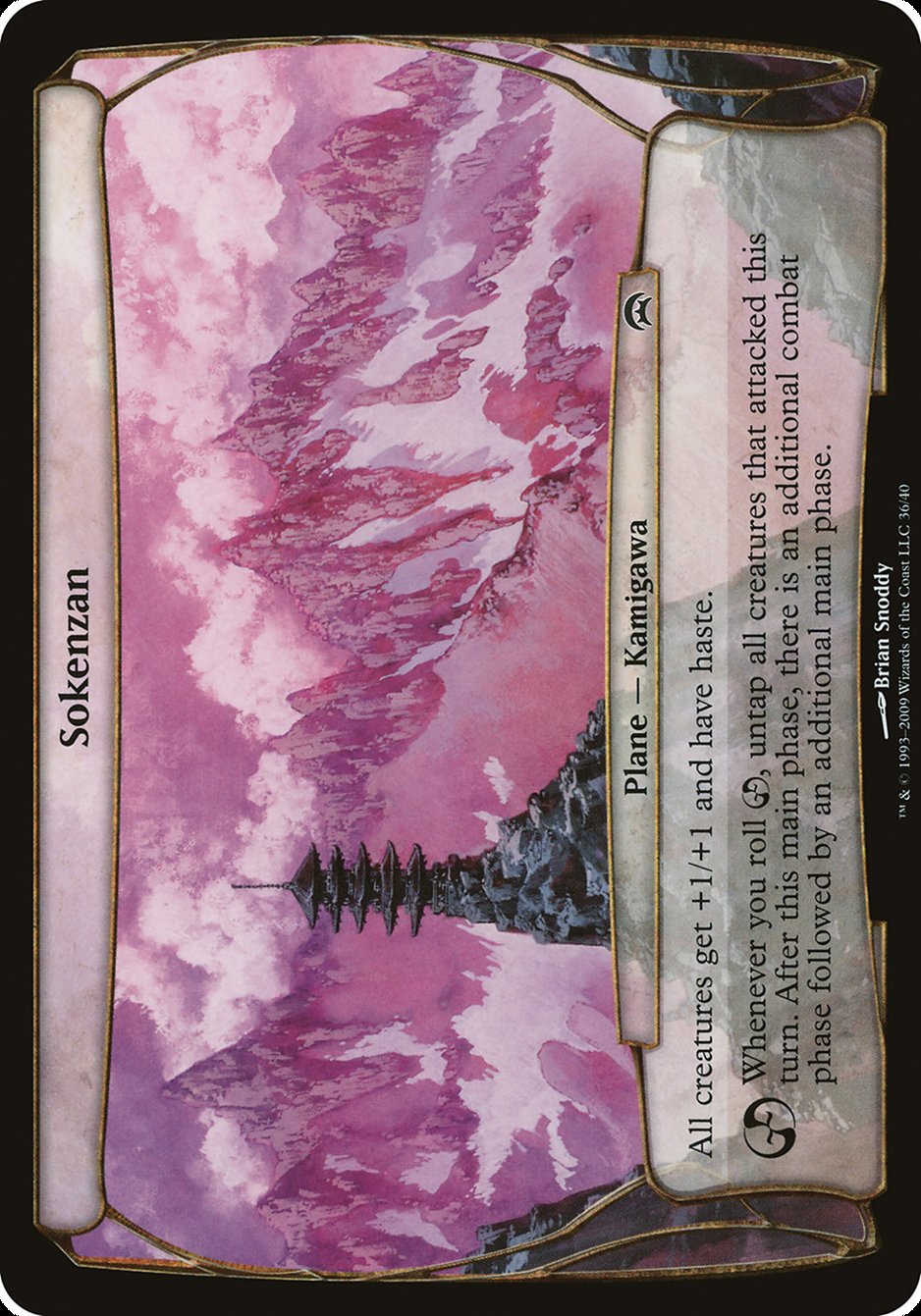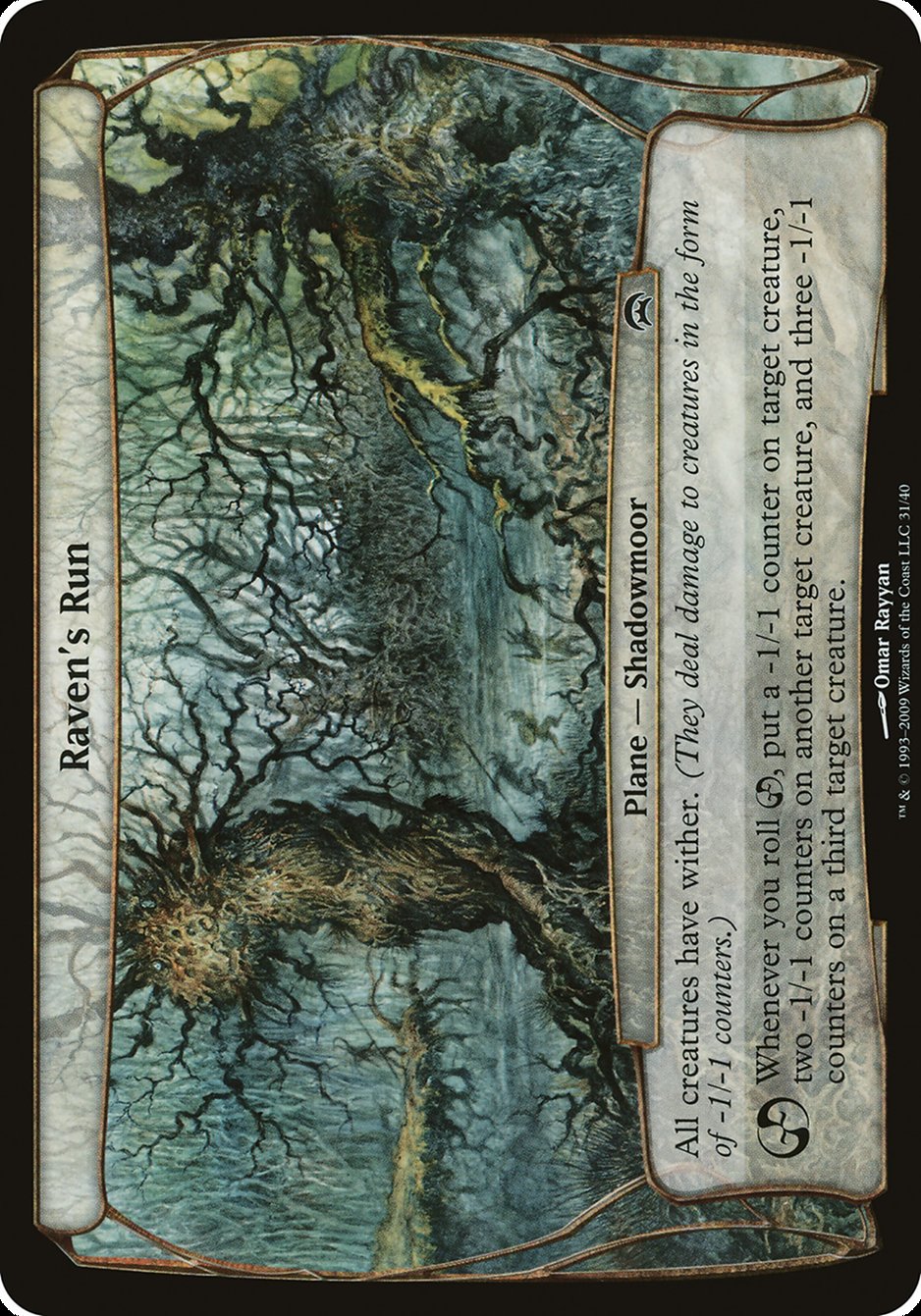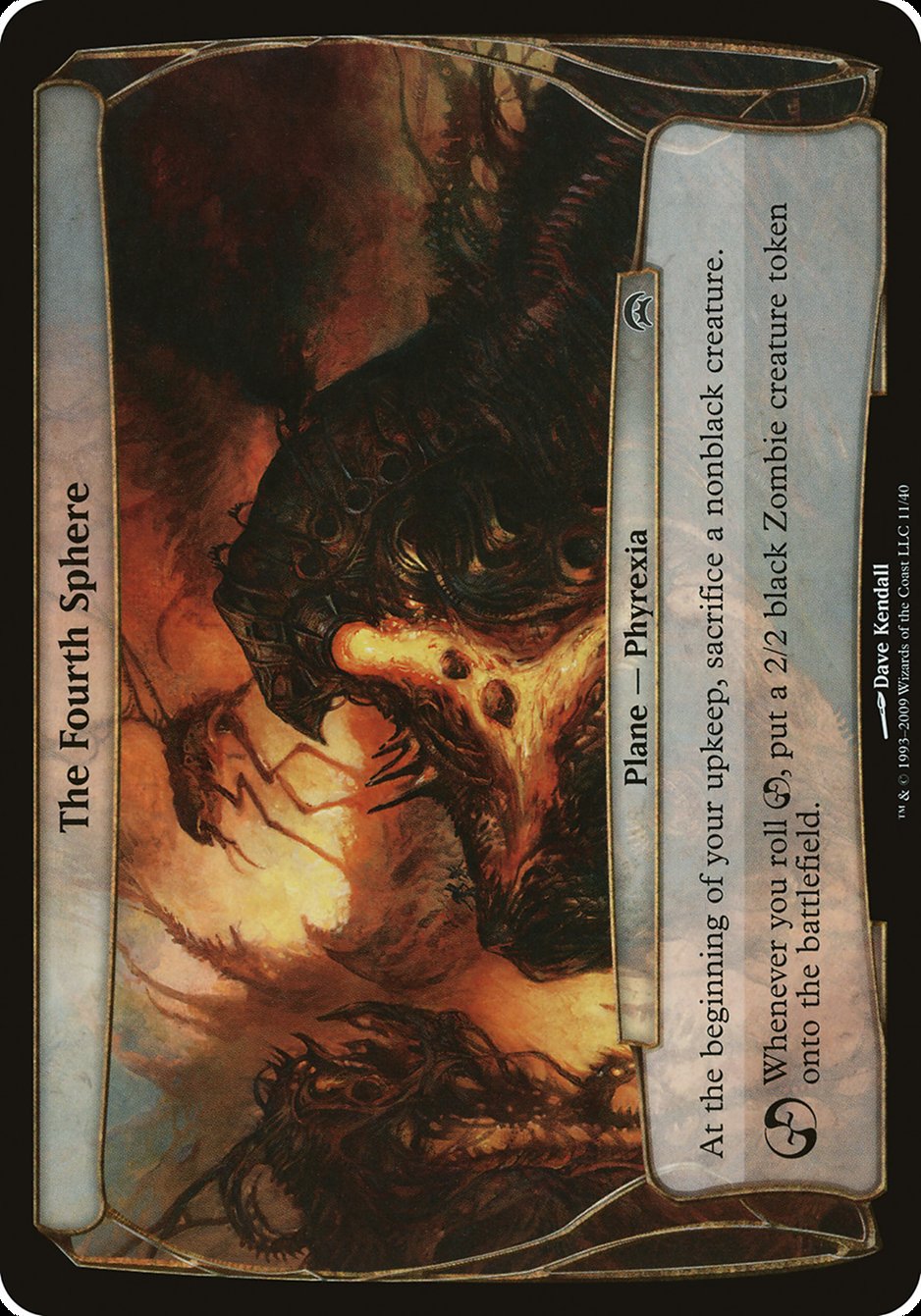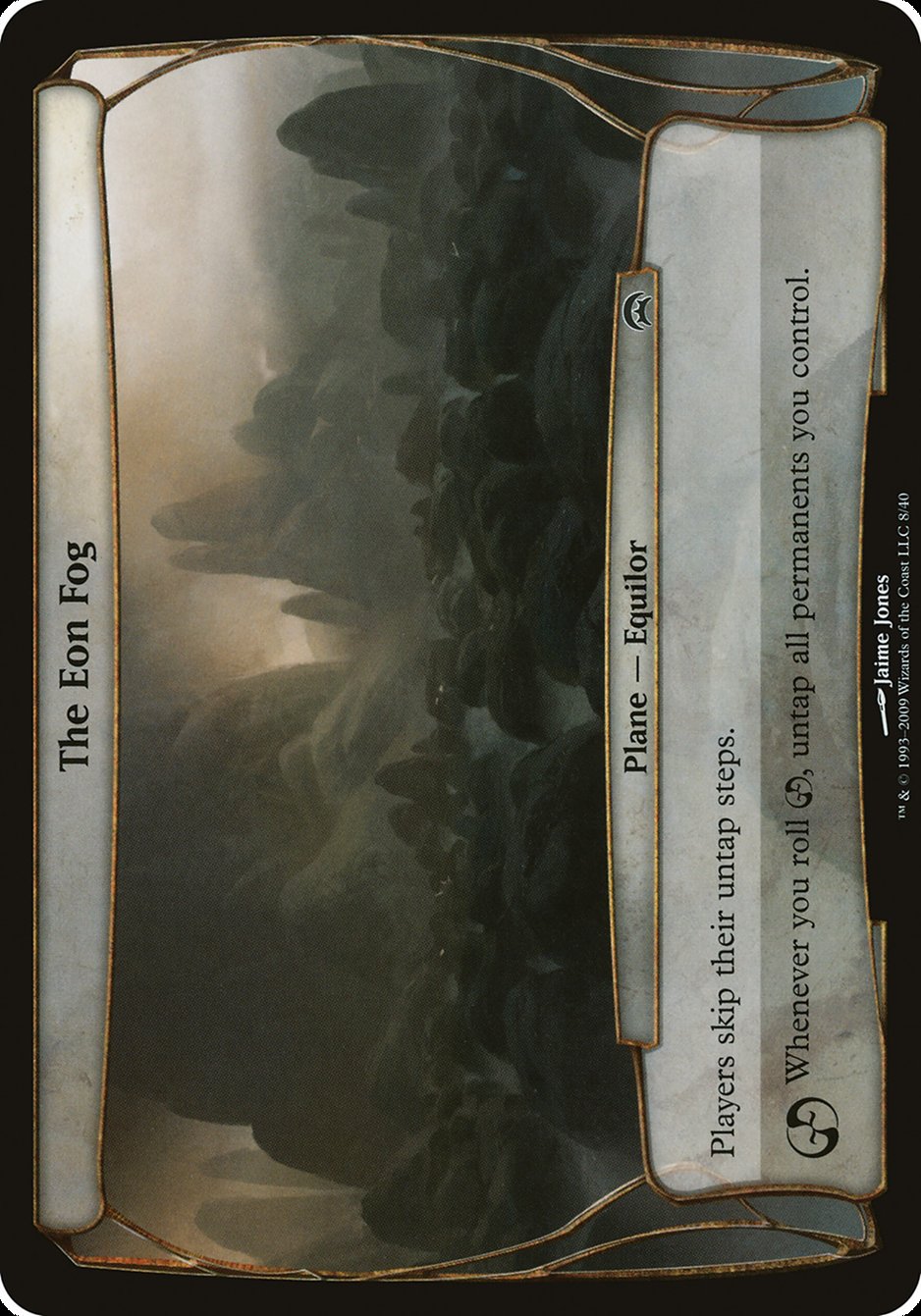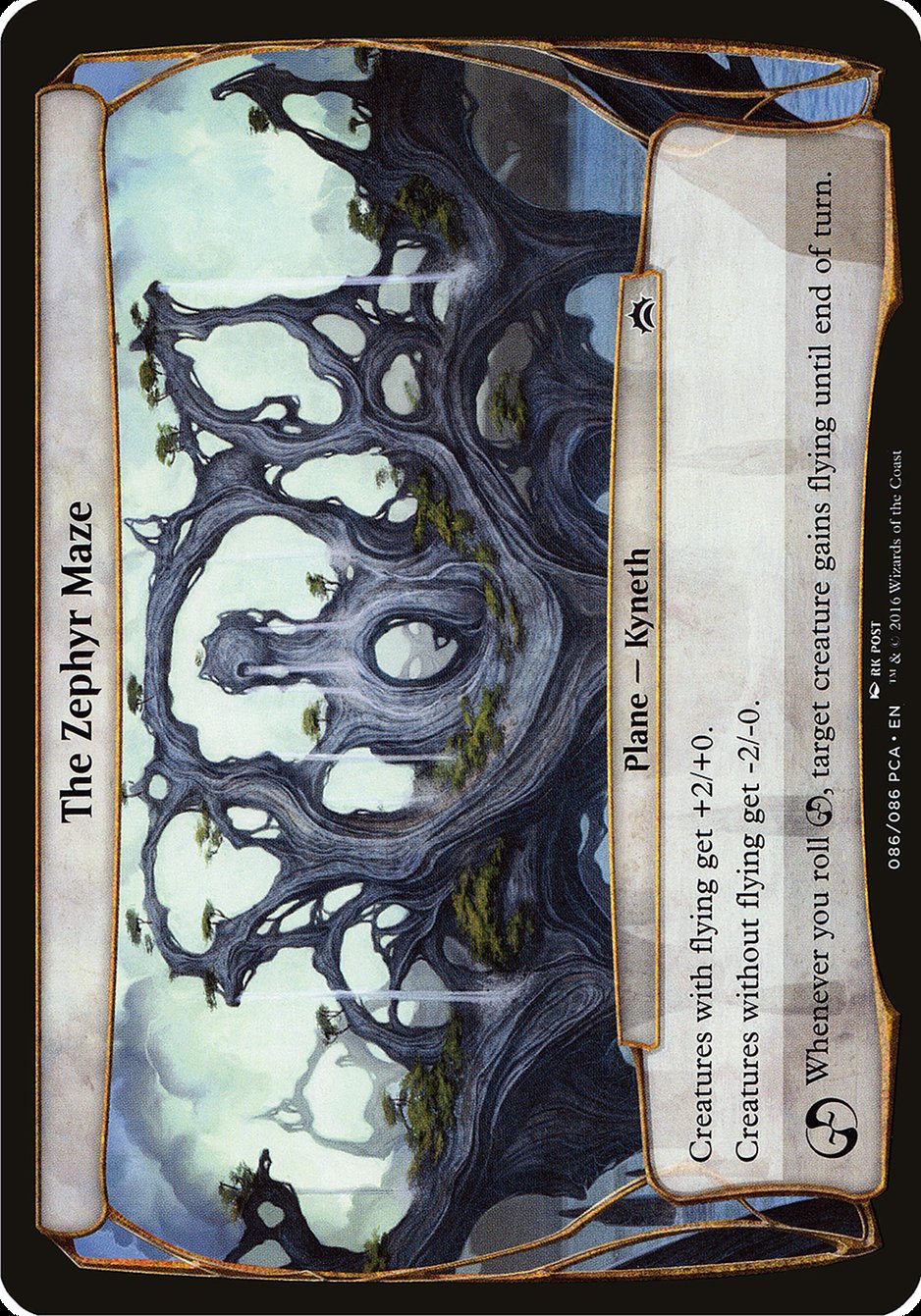Bant Carta MTG
| Colecciones da carta | Lanzado en 2 coleccionesVer todos |
| Rareza | Común |
| Tipo | Plano — Alara |
Texto de la carta
Todas las criaturas tienen la habilidad de exaltado. (Siempre que una criatura ataque sola, obtiene +1/+1 hasta el final del turno por cada copia de la habilidad de exaltado entre los permanentes que controle su controlador.) Siempre que lances caos, pon un contador de divinidad sobre la criatura verde, blanca o azul objetivo. Esa criatura es indestructible mientras tenga un contador de divinidad sobre ella.
Cartas similares
Cuando se explora el mundo del ramp y la fijación de colores en Magic: The Gathering, la combinación de colores Bant destaca por su sinergia y elegancia. Cartas como el Encanto de Bant ejemplifican esto, ofreciendo flexibilidad y una variedad de opciones. Su parentesco se ve con el Encanto de Esper, que de manera similar brinda una elección de tres modos impactantes. Sin embargo, el Encanto de Bant se inclina más hacia el aspecto de control con la eliminación de criaturas, mientras que el Encanto de Esper añade elementos de perturbación.
Mirando a otro pariente, encontramos el Círculo de la Ciudadela Marítima, una carta de tierra que mezcla suavemente los colores Bant sin la selección de cartas pero estableciendo una fijación de mana consistente desde el principio. Es un componente esencial para una base sólida ya que no requiere una gran inversión y entra al campo de batalla girada. Al compararlo con la flexibilidad a velocidad instantánea del encanto, es evidente cómo cada uno desempeña un papel crucial dentro de sus arquetipos.
En última instancia, al comparar estas cartas se revela la capacidad única de las cartas Bant de MTG de armonizar el ramp de mana, la disponibilidad de colores y la jugabilidad versátil. Muestra por qué las cartas Bant son un pilar en mazos multicolores que apuntan a la resistencia y la adaptabilidad en el siempre cambiante panorama de MTG.
Cartas similares a Bant por color, tipo y coste de maná
Aspectos positivos de las cartas
Ventaja de cartas: Las cartas Bant son conocidas por su capacidad para crear una ventaja sustancial de cartas. Esto se puede ver a menudo en forma de robos adicionales, habilidades de escudriñar superiores o mediante acciones recurrentes que te permiten acceder de manera consistente a más cartas que tu oponente.
Aceleración de recursos: Muchas cartas Bant sobresalen en aumentar rápidamente tus recursos de maná. Te permiten cultivar tus tierras o invocar criaturas que pueden girarse para generar maná, asegurando que puedas lanzar hechizos costosos antes de lo habitual y realizar jugadas impactantes por delante de la curva.
Velocidad instantánea: La profundidad estratégica de las cartas Bant a menudo brilla con sus capacidades de velocidad instantánea. Esta flexibilidad te permite responder a los movimientos de tu oponente en tiempo real, ya sea lanzando criaturas con destello para sorprender a tu oponente o utilizando encantamientos y contrahechizos a velocidad instantánea para interrumpir su estrategia mientras mantienes tu propio plan de juego en marcha.
Aspectos negativos de las cartas
Requisito de descarte: Las cartas Bant a veces pueden venir con un precio: descartar otra carta valiosa. Este requisito se presenta como una barrera, especialmente cuando tu mano contiene respuestas cruciales o piezas clave del motor que te resistes a desechar.
Costo de maná específico: La naturaleza tricolor de las cartas Bant, que dependen de maná verde, blanco y azul, impone restricciones estrictas en la construcción de mazos. La necesidad de esta composición de maná específica puede obstaculizar su inclusión en estrategias más flexibles en cuanto a colores o dificultar su jugabilidad si tu base de maná no cumple.
Costo de maná comparativamente alto: Con múltiples habilidades y sinergias, muchas cartas Bant tienen costos de maná sustanciales. Esto puede llevar a un juego más lento, dejándote potencialmente vulnerable en las primeras rondas contra estrategias más agresivas que se aprovechan de criaturas y hechizos de bajo costo.
Razones para incluir cartas Bant en tu colección
Versatilidad: Las cartas de la combinación de colores Bant ofrecen una mezcla de agresión, control y apoyo. Con acceso a blanco, azul y verde, puedes adaptar tus estrategias a diversas situaciones, lo que te permite mantener una ventaja independientemente del mazo del oponente.
Potencial de combo: Las cartas Bant a menudo proporcionan sinergias con encantamientos y criaturas, estableciendo potentes combos que pueden cambiar el rumbo del juego. Su capacidad para entrelazar múltiples efectos crea oportunidades para jugadas masivas.
Relevancia meta: El meta siempre cambiante de MTG requiere una colección que pueda hacer frente a una variedad de amenazas. Las cartas Bant son consistentemente relevantes gracias a su enfoque equilibrado para avanzar simultáneamente en tu estado de tablero mientras interrumpen a tu oponente.
Cómo vencer
Enfrentarse a una carta Bant de Magic: The Gathering en el campo de batalla puede ser tan desafiante como estimulante para los jugadores que disfrutan de estrategias complejas. La armoniosa mezcla del crecimiento desenfrenado de Verde, las tácticas ordenadas de Blanco y los hechizos astutos de Azul hace que las cartas Bant sean oponentes resistentes y versátiles. Para navegar con éxito por este enfrentamiento, es crucial comprender la sinergia dentro del trío de colores Bant.
Desde un punto de vista estratégico, la clave para superar a Bant radica en interrumpir su sinergia. Cartas que obliguen a tu oponente a sacrificar encantamientos o criaturas pueden desmantelar su estructura, ya que los mazos Bant a menudo se basan en una combinación de ambos para establecer control. Además, dado que los jugadores de Bant suelen operar con una presencia sustancial en el tablero, cartas de barrido o hechizos que infligen daño a múltiples objetivos pueden nivelar el campo de juego. Enfocarse en la eliminación a velocidad instantánea te dará la flexibilidad para responder a las amenazas durante el turno de tu oponente y minimizar sus oportunidades de capitalizar cartas que refuercen la fuerza de sus permanentes o les otorguen protección.
Recuerda, la adaptabilidad y la precisión en tus respuestas jugarán un papel crucial en superar las defensas robustas y las estrategias sofisticadas de los mazos Bant. Al priorizar cartas que puedan interferir con el plan de juego de tu oponente y mantener un enfoque dinámico, puedes cambiar el rumbo a tu favor.
Donde comprar
Si estás buscando comprar una carta MTG Bant de un coleccione específico como Planechase Planes and Planechase Anthology Planes, existen varias opciones confiables que debes considerar. Una de las fuentes principales es tu tienda de juegos local, donde a menudo puedes encontrar paquetes de refuerzo, cartas individuales y mazos preconstruidos de colecciones actuales y pasadas. A menudo ofrecen el beneficio adicional de una comunidad donde puedes intercambiar con otros jugadores.
Para un inventario más amplio, particularmente de colecciones más antiguos, mercados en línea como TCGPlayer, Card Kingdom y Card Market ofrecen amplias selecciones y te permiten buscar cartas de colecciones específicos. Las plataformas de comercio electrónico más grandes como eBay y Amazon también tienen listados de varios vendedores, lo que puede ser un buen lugar para buscar productos sellados y hallazgos raros.
Además, el sitio oficial de Magic suele tener un localizador de tiendas y listas de minoristas para encontrar Wizards of the Productos con licencia costera. Recuerde comprobar la autenticidad y el estado de las cartas al comprarlas, especialmente a vendedores individuales en mercados más grandes.
A continuación se muestra una lista de algunos sitios web de tiendas donde puede comprar las Bant y otras cartas MTG:
 COMPRAR
COMPRAR BurnMana es un socio oficial de TCGPlayer
- eBay
- Card Kingdom
- Card Market
- Star City Games
- CoolStuffInc
- MTG Mint Card
- Hareruya
- Troll and Toad
- ABU Games
- Card Hoarder Magic Online
- MTGO Traders Magic Online
Ver productos MTG
Impresiones
La carta Bant Magic the Gathering se lanzó en 2 colecciones diferentes entre 2009-09-04 y 2018-12-25. Ilustrado por Michael Komarck.
| # | Liberado | Nombre | Código | Símbolo | Número | Marco | Disposición | Borde | Artista |
|---|---|---|---|---|---|---|---|---|---|
| 1 | 2009-09-04 | Planechase Planes | OHOP | 4 | 2003 | Planar | Negra | Michael Komarck | |
| 2 | 2018-12-25 | Planechase Anthology Planes | OPCA | 15 | 2015 | Planar | Negra | Michael Komarck |
Reglas e información
La guía de referencia para las reglas de las cartas Bant de Magic: The Gathering proporciona las reglas oficiales, las erratas emitidas, así como un registro de todas las modificaciones funcionales que se han producido.
| Fecha | Texto |
|---|---|
| 01/10/2009 | Una carta de plano boca arriba que es girada boca abajo se convierte en un nuevo objeto sin relación con su existencia anterior. En particular, pierde todos los contadores que pueda haber tenido. |
| 01/10/2009 | Una carta de plano se trata como si su recuadro de texto incluyera “Cuando tires {PW}, pon esta carta en la parte inferior del mazo de plano de su propietario boca abajo, luego mueva la carta superior de su mazo de plano fuera de ese mazo de planos y dale la vuelta”. Esto se llama la “habilidad de planeswalker”. |
| 01/10/2009 | Las habilidades exaltadas se resolverán antes de que se declaren los bloqueadores. |
| 01/10/2009 | Los bonus exaltados duran hasta que termine el turno. Si un efecto crea una fase de combate adicional durante tu turno, una criatura que atacó sola durante la primera fase de combate seguirá teniendo sus bonus exaltados en esa nueva fase. Si una criatura ataca sola durante la segunda fase de combate, todas tus habilidades exaltadas se activarán nuevamente. |
| 01/10/2009 | Si una habilidad de un plano se refiere a "tú", se está refiriendo a quien sea el controlador del plano en ese momento, no al jugador que comenzó el juego con esa carta de plano en su mazo. Muchas habilidades de las cartas de plano afectan a todos los jugadores, mientras que muchas otras solo afectan al controlador del plano, así que lee cada habilidad detenidamente. |
| 01/10/2009 | Si atacas con múltiples criaturas, pero luego todas menos una son eliminadas del combate, tus habilidades exaltado no se activarán. |
| 01/10/2009 | Si declaras exactamente una criatura como atacante, cada habilidad excelsa en cada permanente que controlas (incluyendo, tal vez, la criatura atacante en sí) se activará. Ten en cuenta que si una criatura tiene múltiples instancias de excelsa, cada una se activará por separado. Los bonos se otorgan a la criatura atacante, no al permanente con excelsa. Al final, la criatura atacante terminará con +1/+1 por cada una de tus habilidades excelsas. |
| 01/10/2009 | En un juego de Gigante de Dos Cabezas, una criatura "ataca sola" si es la única criatura declarada como atacante por todo tu equipo. Si controlas esa criatura atacante, tus habilidades exaltadas se activarán, pero las habilidades exaltadas de tu compañero de equipo no lo harán. |
| 01/10/2009 | Algunos efectos ponen criaturas en el campo de batalla atacando. Dado que esas criaturas nunca fueron declaradas como atacantes, son ignoradas por las habilidades de exaltación. No harán que las habilidades de exaltación se activen. Si alguna habilidad de exaltación ya se ha activado (porque exactamente una criatura fue declarada como atacante), esas habilidades se resolverán normalmente aunque ahora pueda haber múltiples atacantes. |
| 01/10/2009 | El controlador de una carta de plano boca arriba es el jugador designado como el "controlador de plano". Normalmente, el controlador de plano es quienquiera que sea el jugador activo. Sin embargo, si el controlador de plano actual abandonara el juego, en su lugar el siguiente jugador en el orden de turno que no abandonaría el juego se convierte en el controlador de plano, luego el antiguo controlador de plano abandona el juego. El nuevo controlador de plano conserva esa designación hasta que abandone el juego o un jugador diferente se convierta en el jugador activo, lo que ocurra primero. |
| 01/07/2013 | Una criatura con un contador de divinidad puesto en ella debido a la habilidad de caos conserva su indestructibilidad incluso después de que Bant deje de ser la carta de plano boca arriba. |
| 01/07/2013 | Si todos los contadores de divinidad en una criatura se transfieren a otra criatura distinta, la habilidad irrompible no se transfiere con ellos. La primera criatura ya no tiene la habilidad irrompible porque ya no tiene un contador de divinidad en ella. La segunda criatura no tendrá la habilidad irrompible porque la habilidad de caos no la seleccionó. |
